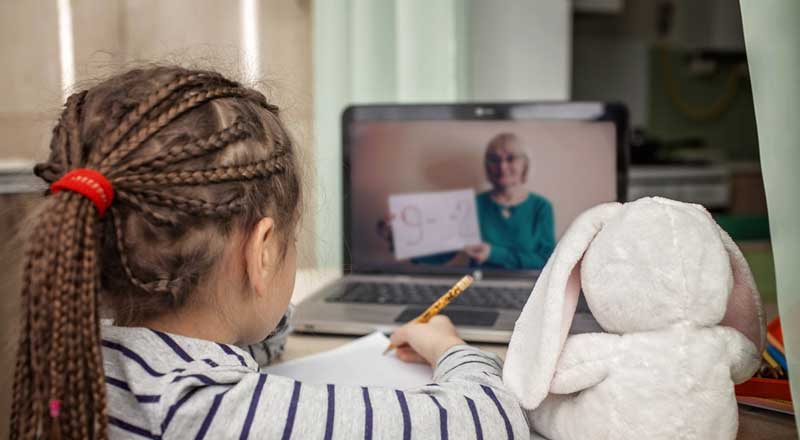With a busy work schedule and additional children to tend to at home, it can be difficult for some parents to find time to help a child who is struggling with school. Whether the student has a difficult time in general, or simply got behind and is now lost, after-school tutoring programs can help bridge the gap and help the student get back on track.
Function
After-school tutoring programs are designed to give students additional help in academic subjects following the close of the school day. Some programs are held at school in conjunction with the after-school daycare program, while others are set up as separate entities for parents to sign their children in and out of as needed. Regardless of where the program is held, its goal is to benefit participants by strengthening their academic skill sets, thereby allowing them to keep up with their peers in the classroom.
Features
After-school tutorial programs typically provide an adult or several adults who are able to provide instruction to students in a variety of subjects. Students arrive to the program at the end of the school day and prepare to do their homework. Many programs offer a snack and a few minutes of play time before students begin their homework so they come to the table refreshed, full and ready to study. Program features are as individual as the students in them. Some programs break the students into age groups, others use subject groups, and still others have all students do their homework individually and ask the adults for assistance as needed.
Benefits
According to SeattleSchools.org, the benefits of an after-school program include improvement in students’ attitudes regarding school, improved mastery of academic skill sets, a reduced school drop-out rate and role modeling for at-risk students by providing adult mentors to them. In addition, students can benefit by having their individual learning styles considered and being able to learn at their own pace in a non-competitive environment.
Considerations
In the development of an after-school tutorial program, the age, grade level and lifestyle of student participants must be considered. If the program is going to tutor elementary students, selected adults should have a broad-based understanding of general education. If the program is geared for middle and high school students, the available teachers will need to have more specialized skill sets as the subject matter the students need help with becomes more difficult. It is important to assess the average lifestyle of the students being served by the program. In an inner city area, where there are many low-income, single-parent homes, students who participate in the after-school tutorial program may have emotional issues, stress or other problems that interfere with studying. On the other hand, if the program is typically attended by children of two-parent, dual-working households, instructors may find they observe less chaos and stress in the participants. These elements need to be evaluated and considered in the design of a program so that the students’ needs can be planned for effectively.
Potential
In addition to helping students improve academic performance, after-school programs can potentially save schools money. Academic improvements created by the programs reduce student retention and some special education needs, saving the district money. In addition, students are accounted for between the hours of 3 to 5 p.m. which helps reduce juvenile crime, which, in turn, saves taxpayer money.





